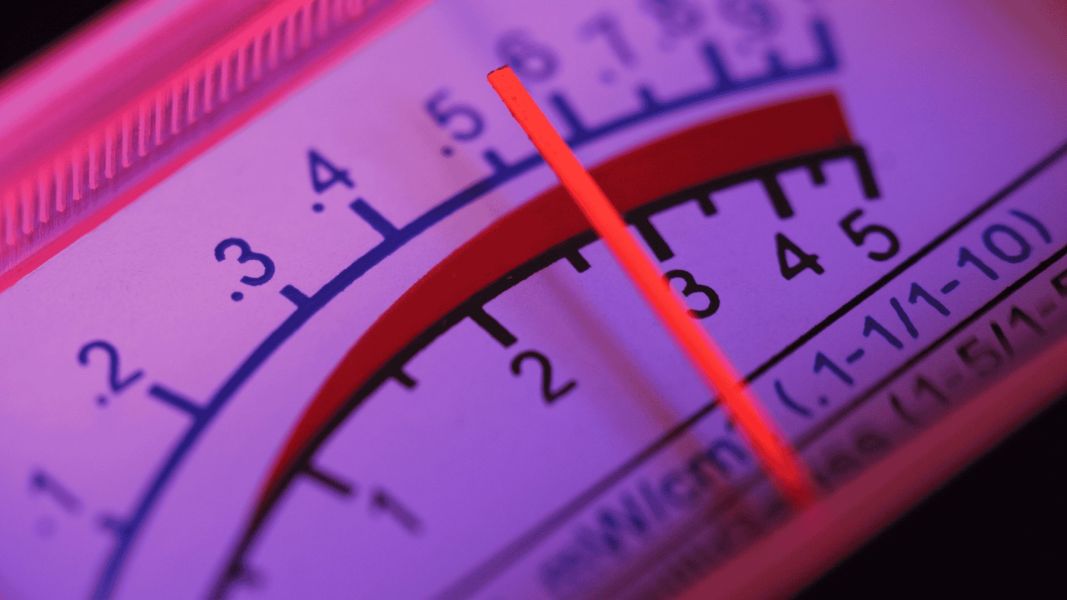Introduction
In today’s technology-driven society, we are constantly surrounded by fields (EMFs). These energy waves, emitted by our gadgets, can impact our health in different ways. As we become more conscious of this fact, many people are looking for ways to limit their exposure to EMFs effectively. One common approach is using special fabrics that shield against these fields. It’s crucial to pick the correct fabric to ensure optimal protection against EMFs.

Understanding EMF Shielding
Before you start picking out fabrics for your project or needs, it’s important to have an understanding of how EMFs are blocked by shielding materials. These materials are designed to act as barriers that either reflect or absorb radiation to lower the amount of exposure one may have. The efficiency and effectiveness of these EMF shielding fabrics rely on aspects including their thickness, the materials they are made of, and how tightly they are woven together.
Exploring Different Types of Fabrics
Different materials provide field (EMF) shielding abilities, with traits to consider. Common choices consist of fabrics made from silver, copper, and nickel. Silver fabrics are known for their conductivity and antimicrobial features, making them a popular pick for people. Copper-based materials offer shielding effectiveness and durability, while nickel fabrics offer protection at a more affordable price point. By comparing these options, individuals can select the fabric that best fits their needs.
Considering Weave Density
The density of the weave is a factor in how a fabric can block EMFs (electromagnetic fields). Fabrics with tight weaves usually provide better protection because they leave fewer openings for EMF waves to pass through. When choosing fabrics for shielding purposes against EMFs, it’s crucial to take into account the tightness of the weave to ensure a high level of protection. By comparing weaves, one can strike a balance between comfort and effectiveness in shielding against radiation.
Assessing Fabric Durability
When choosing EMF shielding fabrics, durability is essential, as washing and wear can weaken the fabric’s abilities over time and impact its effectiveness for long-term protection purposes. It is recommended to opt for materials known for their longevity. High-quality EMF shielding fabrics typically come with specific care guidelines that should be adhered to in order to preserve their protective qualities.
Evaluating Comfort and Aesthetics
Ensuring safety is important, but we shouldn’t forget about comfort and style too when it comes to choosing EMF shielding fabrics that come in different textures and styles to cater to various tastes and preferences. Lightweight and breathable materials are key for ensuring comfort in clothing items. Moreover, consideration of the fabric’s visual appeal aids in making decisions that match taste, ensuring that protection doesn’t compromise comfort or style.
Testing and Certification
Established testing and certification processes offer reassurance regarding the properties of a fabric. A reputable manufacturer commonly carries out tests to confirm the efficacy of their products. Certifications issued by known organizations provide confidence and demonstrate the reliability of a fabric. Consider examining these certifications when evaluating choices to make informed decisions when comparing similar materials.
Budget Considerations
The cost is always a factor when making decisions, as prices can differ based on the material and brand chosen. Having a budget in mind upfront can help limit choices without sacrificing quality. It’s crucial to keep in mind that opting for top-notch and efficient EMF shielding fabrics leads to better protection, making the investment worthwhile. Evaluating prices from vendors helps strike a balance between affordability and safeguard.
Final Thoughts
Choosing the EMF shielding fabric entails grasping aspects that enhance efficient protection against electromagnetic fields (EMFs). Factors such as the type of material used and the density of the weave impact how well the shielding works, along with considerations for durability and comfort levels provided by the fabric. All these factors are vital in ensuring protection from EMFs and empowering individuals to make decisions based on their specific requirements and preferences. In essence, taking the time to carefully select the kind of shielding material not only boosts protective measures but also instills a sense of security in a digital age heavily influenced by electronic gadgets.

Founder Dinis Guarda
IntelligentHQ Your New Business Network.
IntelligentHQ is a Business network and an expert source for finance, capital markets and intelligence for thousands of global business professionals, startups, and companies.
We exist at the point of intersection between technology, social media, finance and innovation.
IntelligentHQ leverages innovation and scale of social digital technology, analytics, news, and distribution to create an unparalleled, full digital medium and social business networks spectrum.
IntelligentHQ is working hard, to become a trusted, and indispensable source of business news and analytics, within financial services and its associated supply chains and ecosystems












